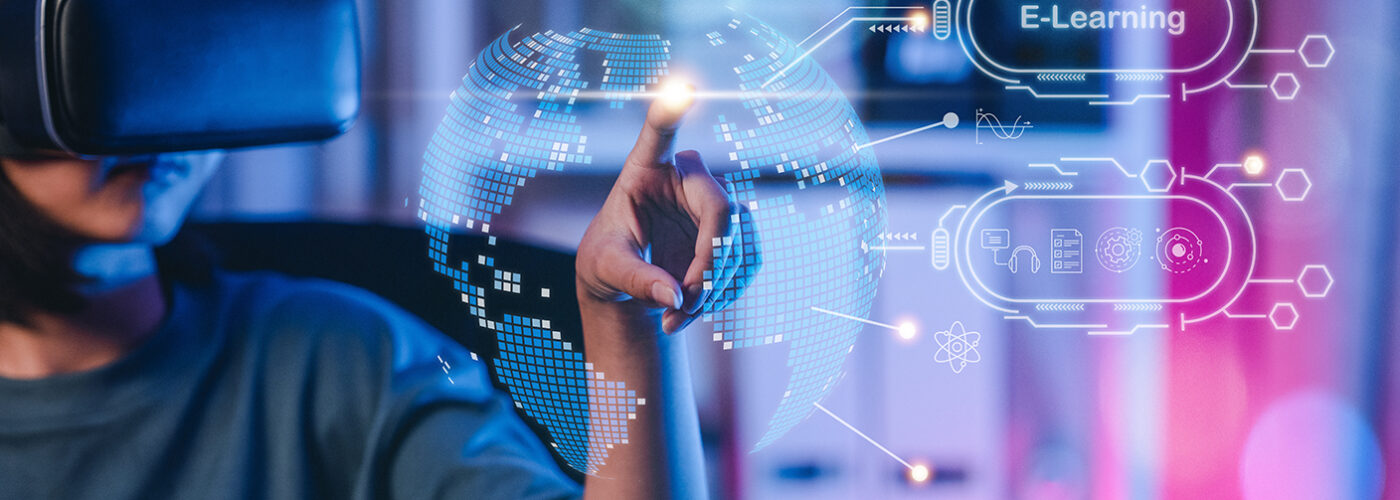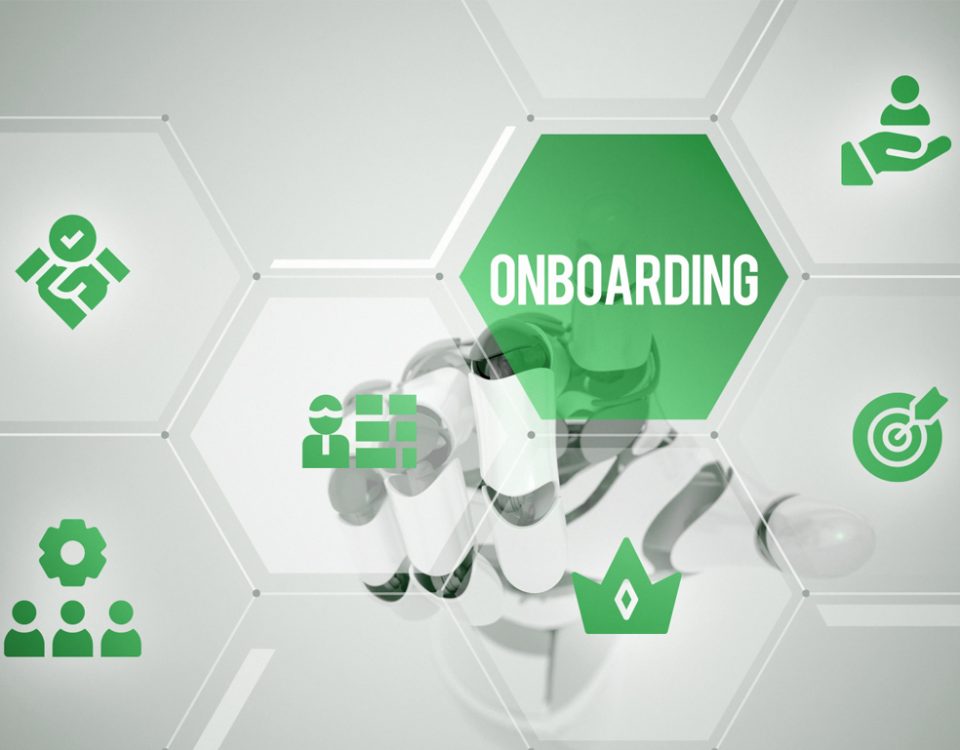
Building a Culture of Continuous Learning: Strategies for Success
May 27, 2024
Ensuring Accessibility and Inclusivity in eLearning with Ozemio
June 18, 2024Author

Kadamberi Darad
A McKinsey report suggested that as many as 375 million employees or nearly 14% of the global workforce will have to switch occupations or acquire new skills. And the recent waves of the pandemic have made this topic more urgent than ever. 2022 onwards the major skill gap will have to be dealt with very seriously by employees as well as employers for longer sustainability. The technological advancement in simulation-based eLearning has birthed the use of bigger and better graphics, interactivity, and advanced interactivity. It is being widely adopted as the new method of teaching and learning, immersing the learner into the learning environment which feels realistic. Virtual Reality training makes sense in many ways, a few of which are listed here:
1. Fixing skill gap in diverse fields
Would you like to take that flight whose pilot was trained in a Zoom class or some online video training? We do not want to scare you, no one would like to risk their life! The fatalities due to airplane failures and crashes have significantly decreased in the last 50 years, making flying the safest means of transport today. One major factor leading to this achievement is that virtual reality (VR) is being increasingly used in training aviation staff. This applies to aircraft inspection, cabin crew training, flight deck training, in-flight entertainment, and so on. VR has tested the learners’ ability to remember concepts with deeper interest as compared to traditional modes of learning. The simulation-based eLearning such as a VR environment allows the use of maximum senses, develops emotional connection, and addresses otherwise hidden pain points of learners. It applies to a wide range of fields such as military, sports, healthcare, automobile industry, education, fashion, manufacturing, or construction. Using Virtual Reality for flight, battlefield, vehicle, surgery, or procedure simulation, among others, produces unexpected results in terms of learned skills.
2. Improving learning experiences to catalyze performance
Ever heard of immersive journalism? It allows the audience to have a first-person experience of the story and its highlights, providing a powerful visualization! This method can be explored to understand customer behavior in the fields of ethics and compliance, customer service, sales, and other behavior-inducing counterparts. VR provides the opportunity to transform one’s behavior through immersive storytelling, raising red flags during the course, and experiencing repercussions while using interactive technology. Virtual Reality Learning solution engages the human senses as much as possible and offers a perfect platform for employees to practice and perform real-life tasks. In a VR environment, the learner has the freedom to fail, learn, unlearn, relearn, and improve their performance. VR provides an environment for having an active experience rather than just passively receiving information. Simulation-based e-learning can offer many up-close and personal demonstrations of behavior and products while teaching employees how to pitch themselves to different categories of customers.
3. Preparing Employees to Handle Big Data with the Use of Data Visualization
Big data will be an immersive data experience! The deployment of 5G is gaining traction and it is aimed to provide for speedy data transmission for a variety of big data and services. The global big data market is expected to grow to $123.2 billion by 2025. As data makes the business world go around—whether it is identifying areas of improvement, predicting sales volume, understanding customer behavior, and influence factors, or just handling the growth and volume of digital data of your business—Virtual Reality can provide information in a data model that is as immersive as a first-person game. Thanks to the use of artificial intelligence (AI) in e-learning and Virtual Reality, the complexity of big data (and unstructured data) can be represented in a much larger scope of interaction. With virtual characters, visual representation of data, and data models, VR revolutionizes the human ability to manage fast data expansion and improves the employees’ decision-making skills. Virtual Reality has been a niche technology that was not adopted to scale. But not anymore, as the future looks bright! We are moving toward a more meaningful, engaging, immersive, and, most importantly, safer learning experience. Virtual Reality training solution has the potential to offer foolproof, hands-on training, and skill employees to make the right business decisions. Contact Ozemio today for an impactful and dedicated VR learning solution and future-proof your talent.
Related services
Product Engineering



